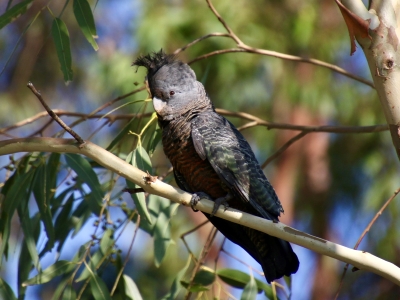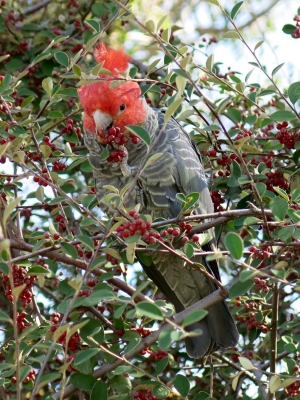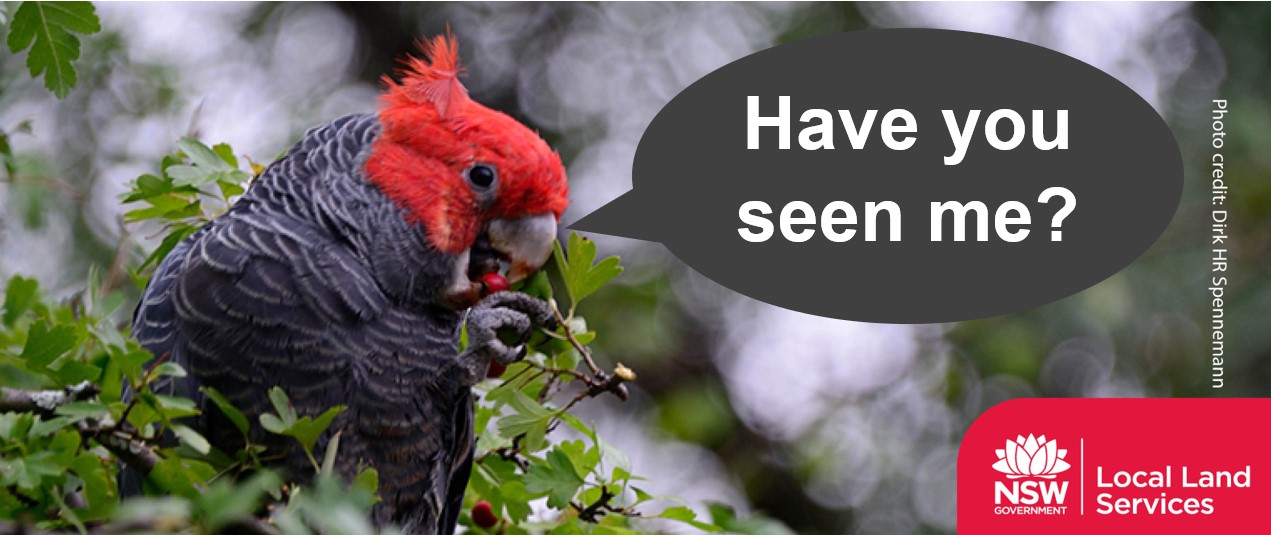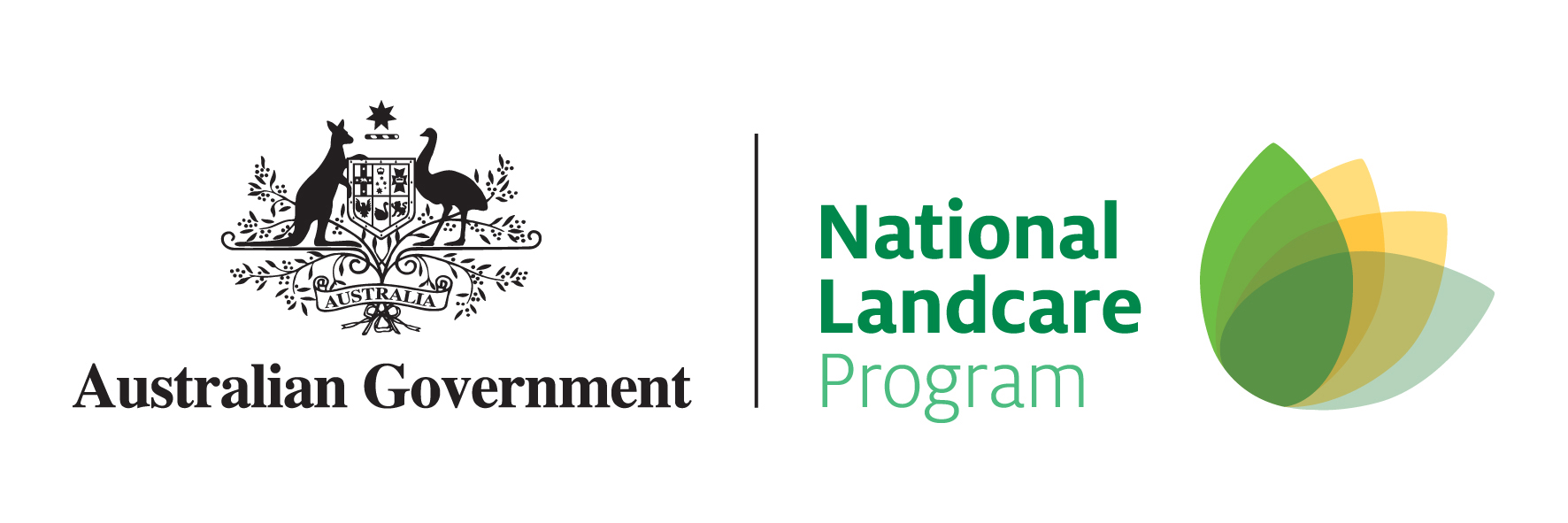Reversing Gang-gang Cockatoo population decline
NRM NEWS - AUGUST 2021 - SIGNIFICANT SPECIES
By Sophie Richards
Senior Land Services Officer - Bushfire Recovery Project
P: 02 6051 2229, M: 0436 407 398,
E: sophie.richards@lls.nsw.gov.au


Gang-gang Cockatoos (Calloephalon fimbriatum) are easily identified by both their distinct appearance and creaky sounding call. Gang-gang distribution ranges from southern Victoria through to south and central-eastern New South Wales. At this time of year, Gang-gangs can be found at lower altitudes within open box-gum and box-ironbark woodlands and in backyards of urban environments such as Albury, Jindera and Holbrook.
The 2019/20 Black Summer fires had a devastating impact on many species, including Gang-gang Cockatoos. It is estimated the post-fire population could be 29 percent lower than the pre-fire. This reduction is significant on its own and highly concerning when factoring in the 69 percent reduction in population size recorded over the last three generations of the species.
Murray Local Land Services is working with land managers to protect and enhance the threatened vegetation communities Gang-gang Cockatoos rely on. These communities extend through the South West Slopes from Alpine Bogs and associated Fens down to Box-gum grassy woodlands.
On-ground activities will include revegetation and weed management at sites identified as important refuges for Gang-gang Cockatoos and other threatened species recovering from the impact of the bushfires.
By protecting and re-establishing vegetation communities lost during the fires and protecting and enhancing refuges of unburnt vegetation communities, we aim to reverse the population decline of native species such as Gang-gang Cockatoos.
The status of Gang-gang Cockatoos is under review, and likely to see them listed as Endangered. For more information and to provide comments on the inclusion of Gang-gang Cockatoos in the EPBC Act, please visit https://www.environment.gov.au/biodiversity/threatened/nominations/comment/callocephalon-fimbriatum

Please also share your Gang-gang Cockatoo sightings to https://bit.ly/3fei32g
Top left photo: Female Gang-gang Cockatoo. Photo: Caroline Jones. Top right photo: Male Gang-gang Cockatoo. Photo: Caroline Jones.
Bottom photo: Male Gang-gang Cockatoo. Photo: Dirk HR Spennemann.
This project is supported by Murray Local Land Services, through funding from the Australian Government's National Landcare Program.
